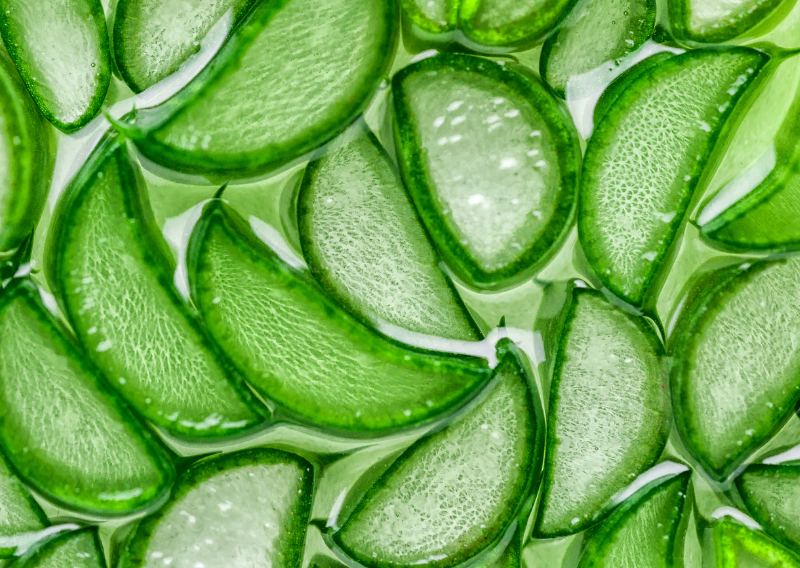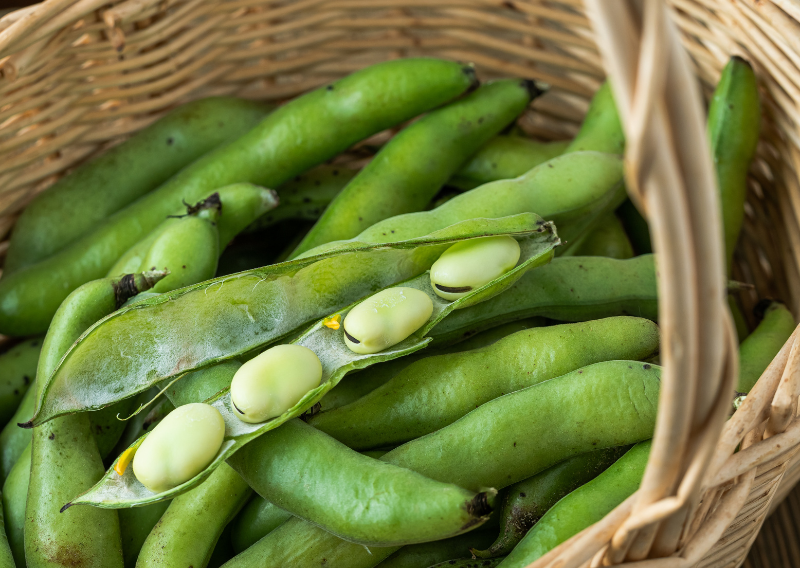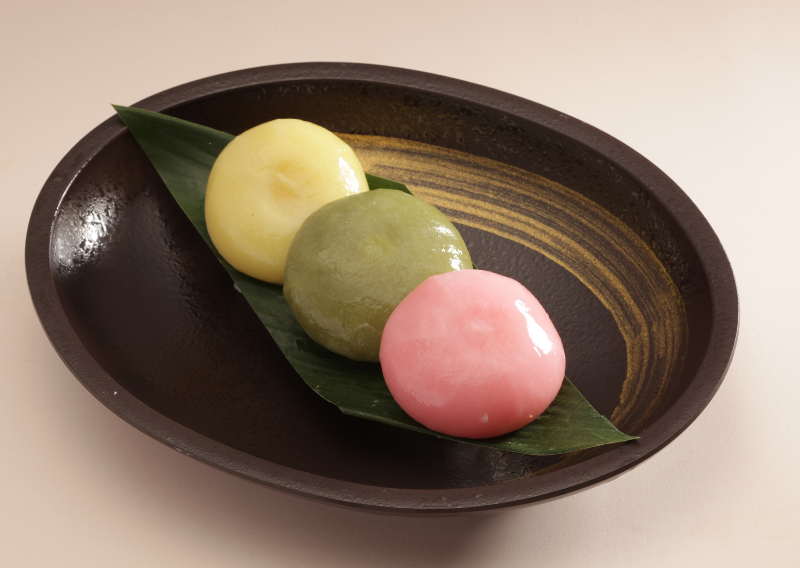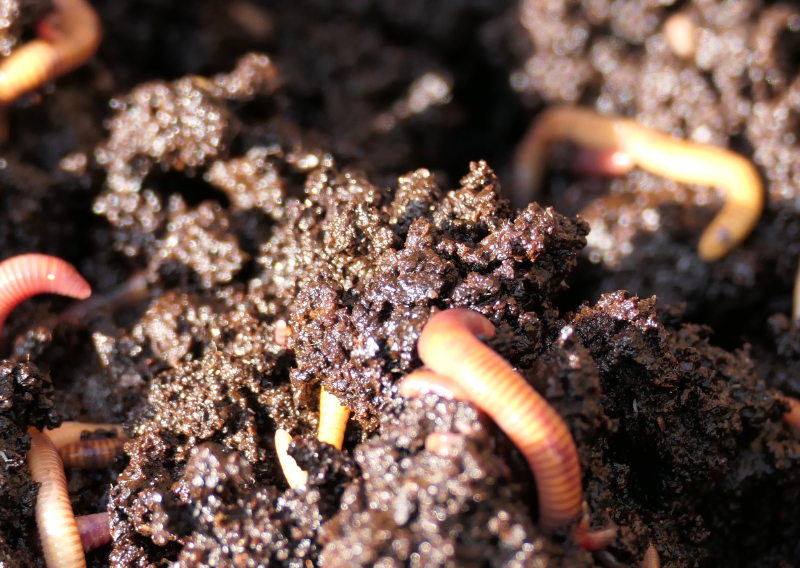
Make Your Own Aloe Vera Soap: A Sustainable Solution for Skin Care
If you’re a gardener or someone who loves sustainable, plant-based recipes, making your own aloe vera soap is a project you’ll enjoy. Not only is it incredibly satisfying to create something from scratch using plants from your garden, but it’s also a great way to reduce the number of plastic containers from store-bought soaps. And the best part? This recipe is super simple yet highly effective.
Me and my fiance, Iasmina, @lajatattoo used 100% natural ingredients to make it, including plants from our garden but you could twist the recipe and replace/add other stuff.


Why Aloe Vera Soap?
Aloe vera hand soap is just incredibly good for your skin and it could be used for hands, body, and face! It’s a great moisturizer that helps fight skin aging, reduces infections and acne, and boosts the healing effects of wounds! Here are some of the benefits you can expect:
- Moisturization: Aloe vera is a fantastic natural moisturizer, helping to keep your skin soft and hydrated.
- Anti-Aging: With its rich mix of vitamins, aloe vera helps fight skin aging, keeping those fine lines at bay.
- Healing: Known for its healing properties, aloe vera can boost the healing of wounds and reduce skin infections.
- Acne Control: Thanks to its antibacterial properties, aloe vera is great for reducing acne.
What You’ll Need
For this recipe, we’re keeping it natural, using ingredients that are not only good for your skin but also kind to the environment. Here’s what you’ll need:
- 5 Leaves of Aloe Vera
- 1/2 Jar of Dried Lavender
- 1 Tsp of Vitamin E Oil (Optional)
- Food-Grade Color (Optional)
- 1 kg Natural Soap Base.
How to Make Your Aloe Vera Soap
- Harvest Your Aloe Vera Leaves: Begin by harvesting your aloe vera leaves. Let them sit in water for 10-15 minutes to remove the yellow latex, which can be irritating to the skin.
- Extract the Gel: Scoop out as much gel as possible from the leaves. Don’t toss the green part! Compost it, as it makes an excellent fertilizer for your garden.
- Blend the Gel: Blend the aloe vera gel until smooth. This is where the magic starts.
- Melt the Soap Base: In a double-boiler pan, melt your natural soap base. Take your time here—low and slow is the way to go.
- Mix It Up: Once the soap base is melted, mix in your blended aloe vera gel. Stir until it’s well incorporated.
- Add the Extras: Toss in your dried lavender and Vitamin E oil (if using) and mix again. If you’re feeling creative, add a few drops of food-grade color to give your soap a unique look.
- Mould and Set: Pour the mixture into a silicone mold and let it set until solid.
And that’s it! You now have your very own homemade aloe vera soap. It’s perfect for use on your face, body, and hands. Plus, it’s a thoughtful gift for friends and family—everyone loves a handmade touch.
Friendly Reminder: While you can make soap using lye, I prefer to skip it. Lye can strip some of the beneficial properties from your natural ingredients, and we want to keep all that goodness intact.
So, go ahead and give this recipe a try. Not only will your skin thank you, but you’ll also feel good knowing you’ve made a small step towards a more sustainable lifestyle.
Happy DIY!






















